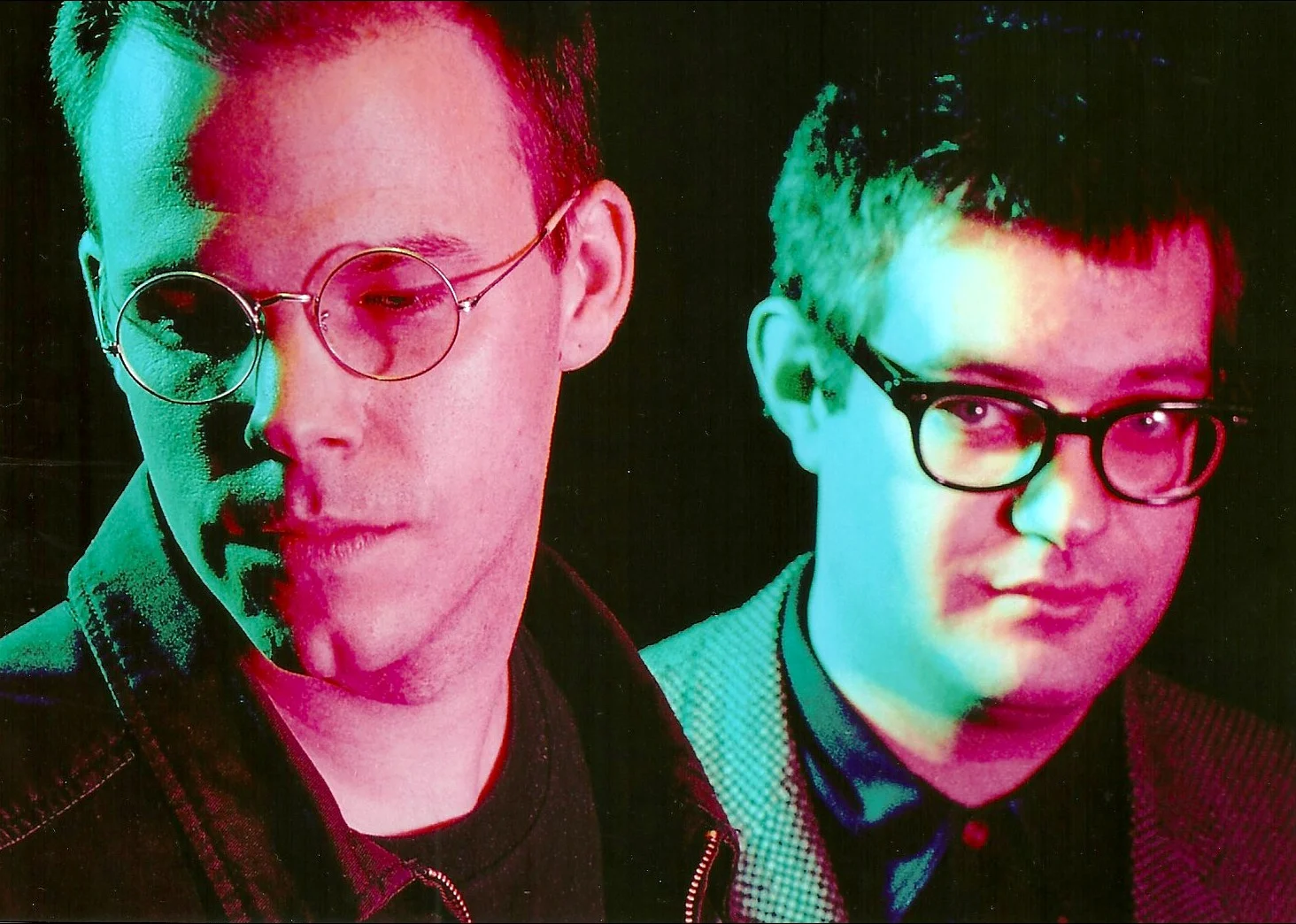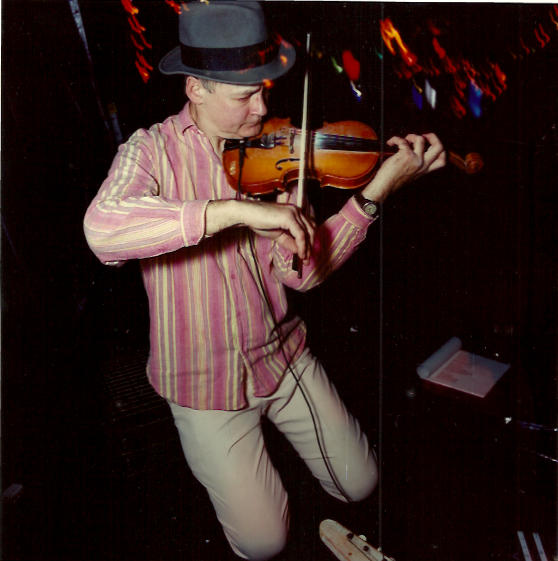
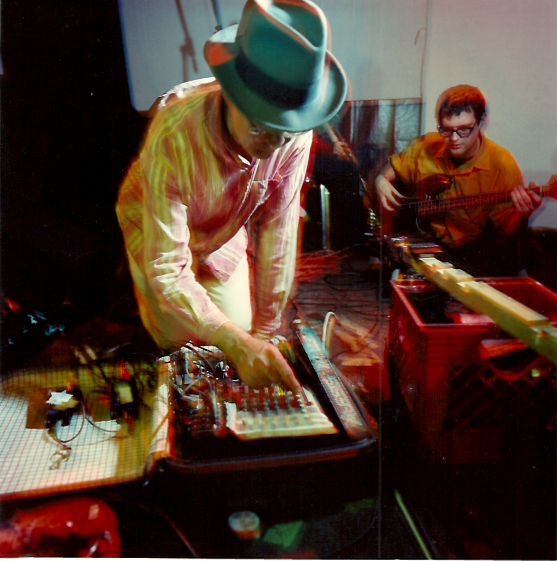
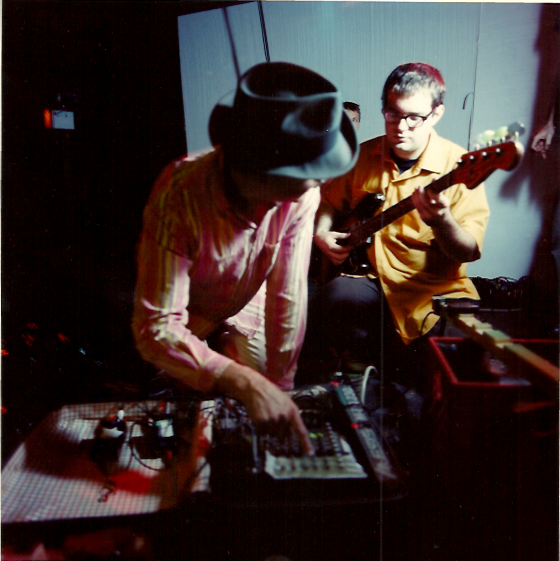
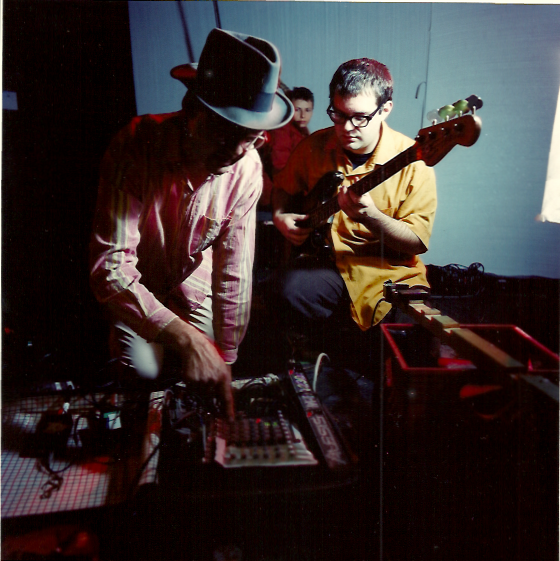
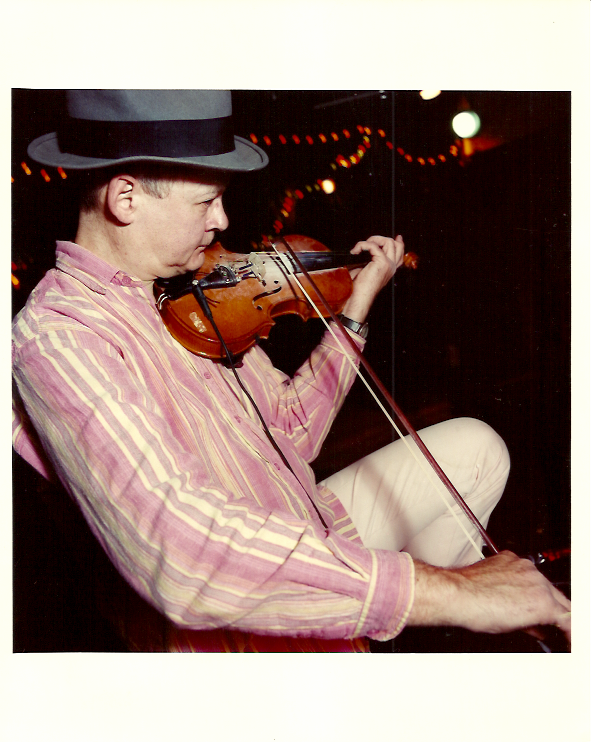
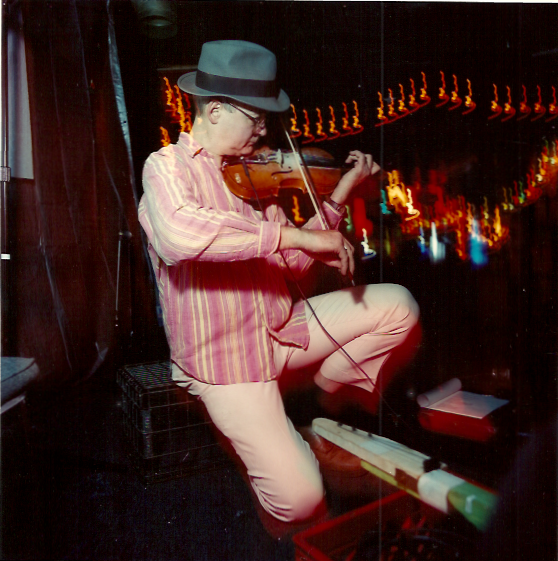

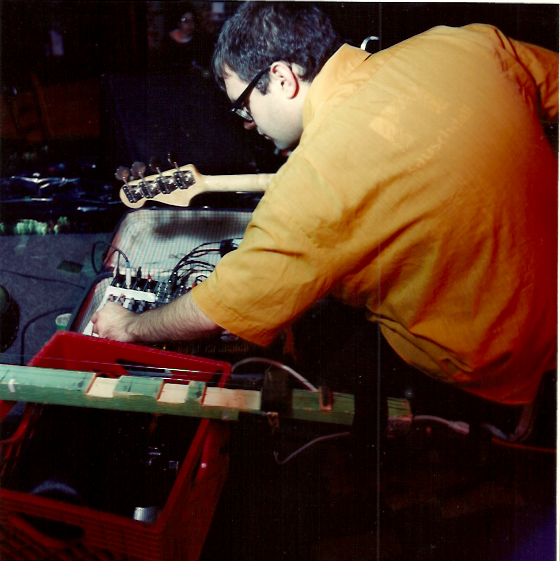
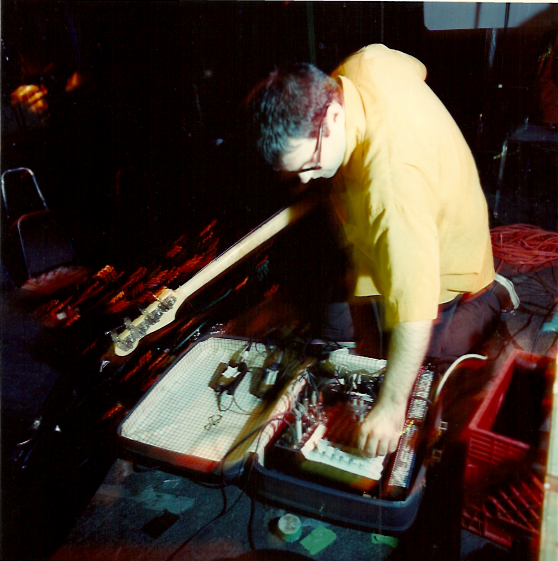

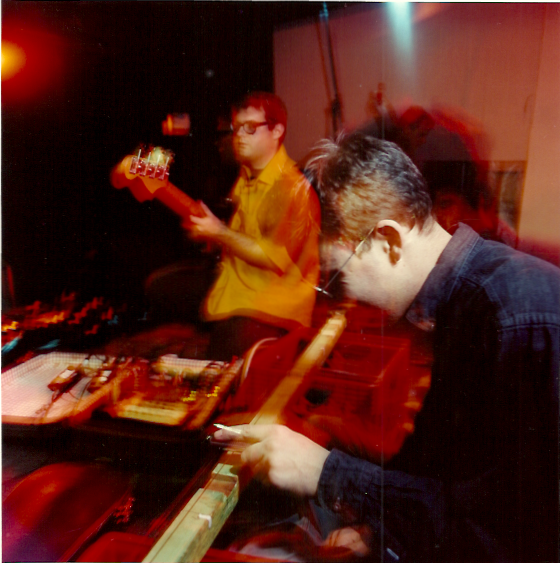
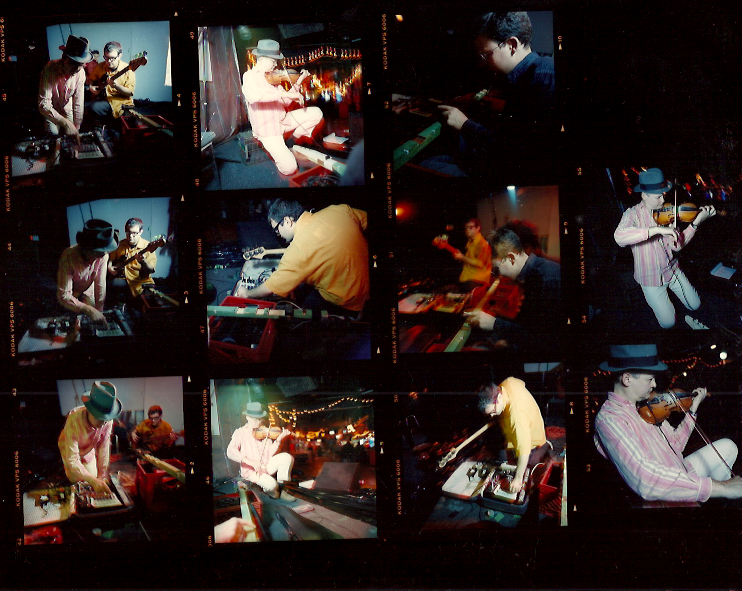
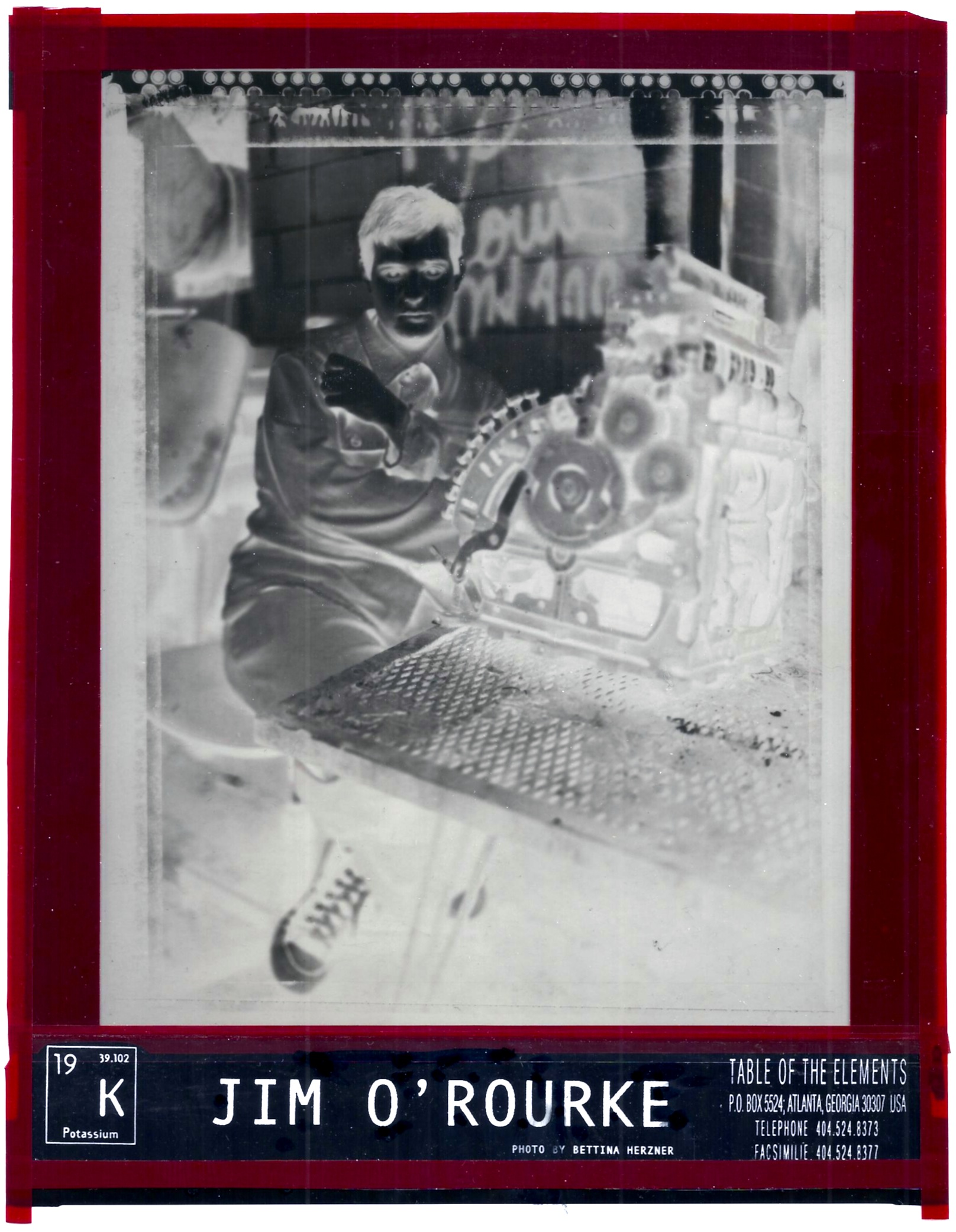
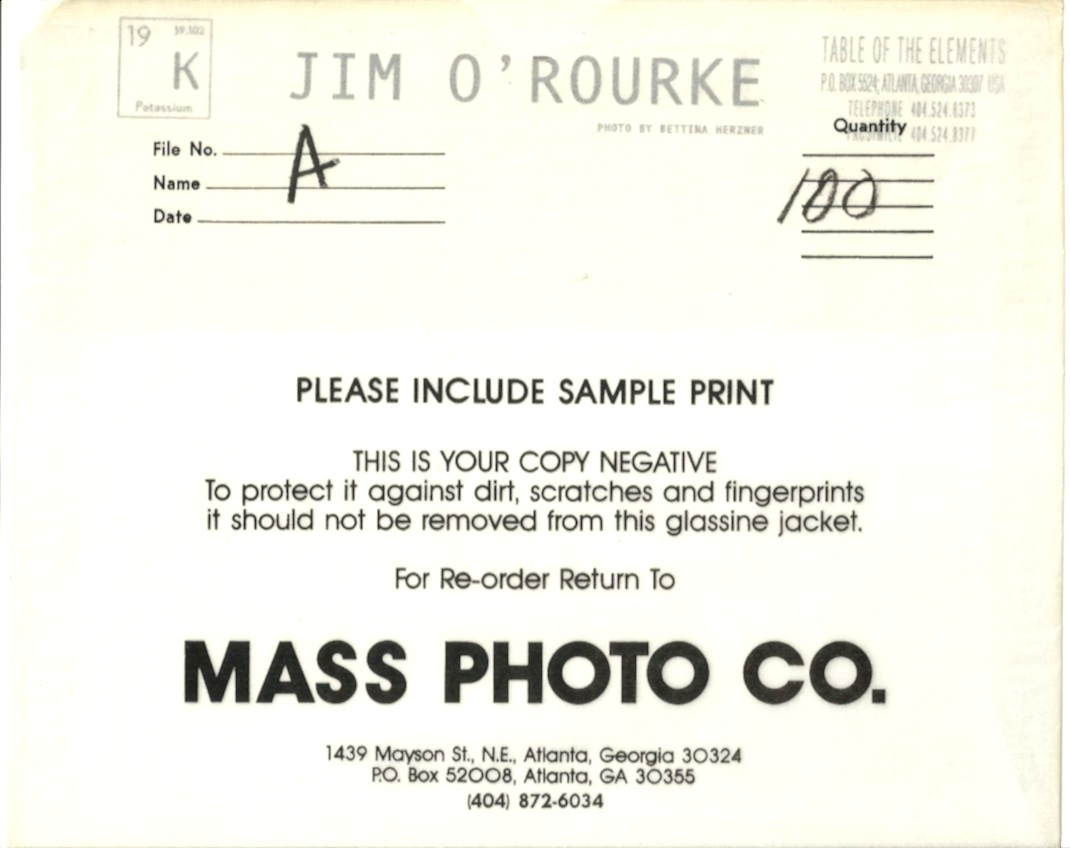
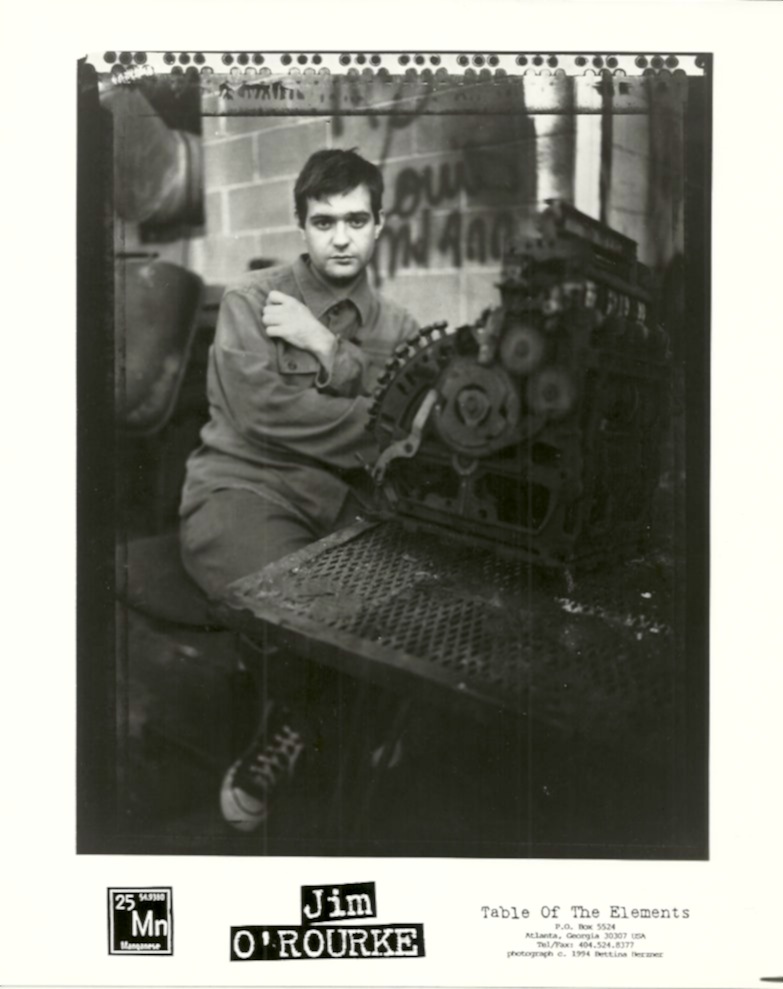
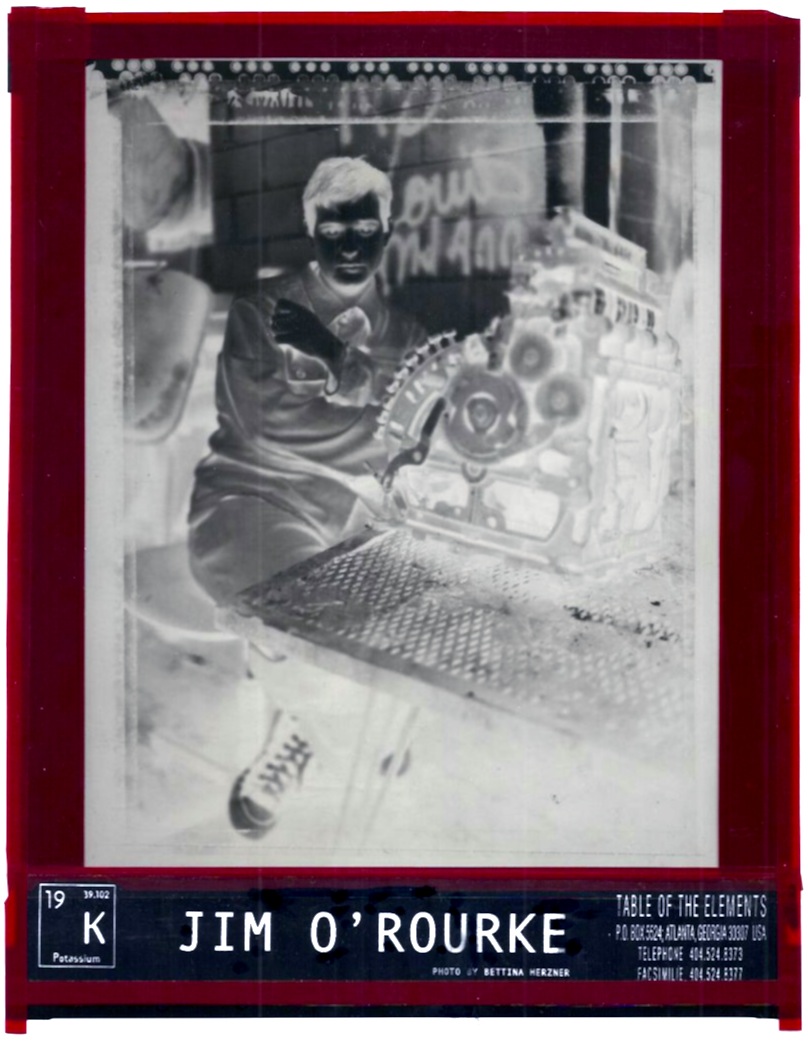
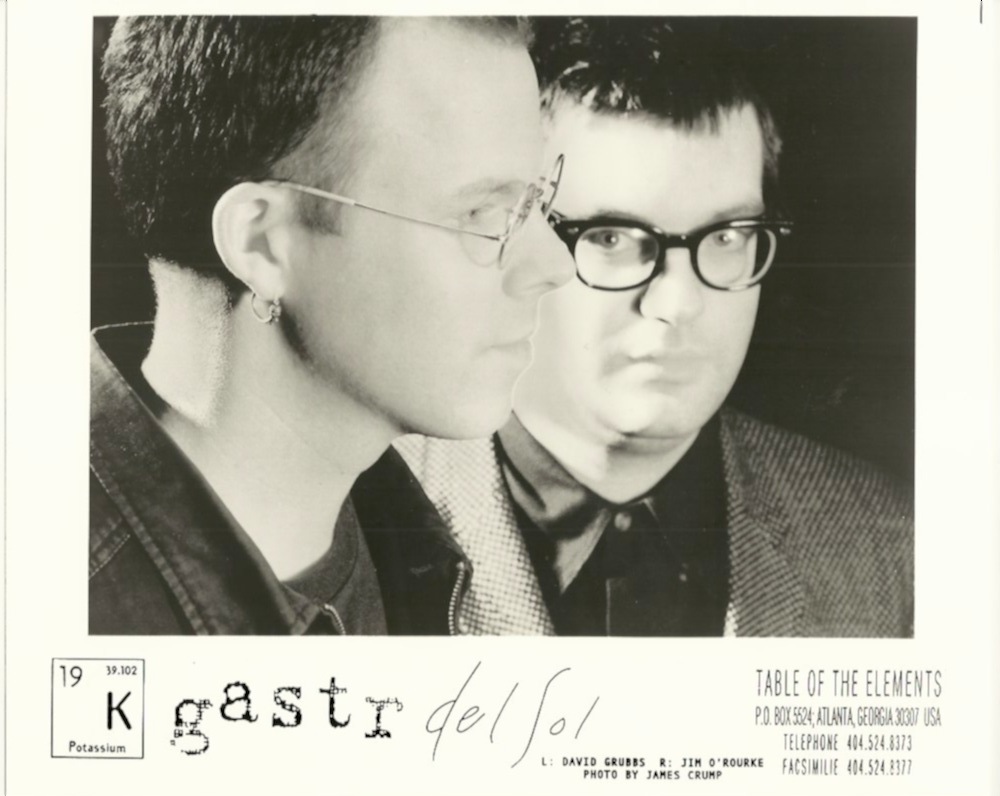
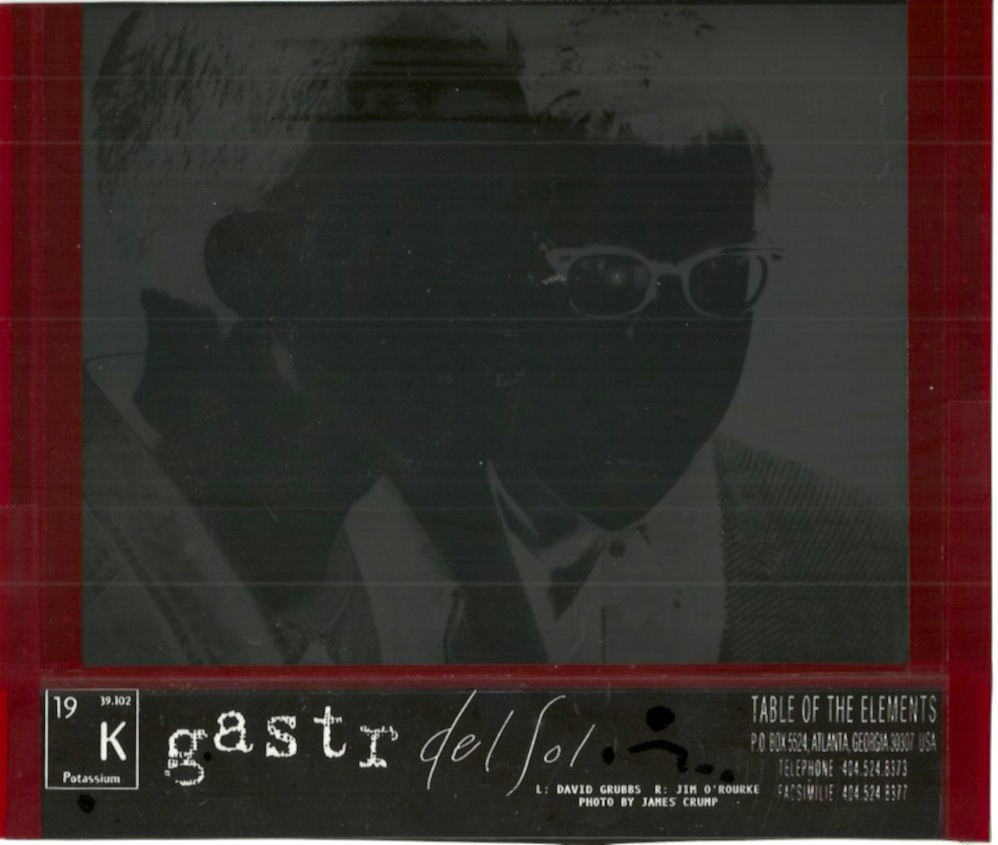
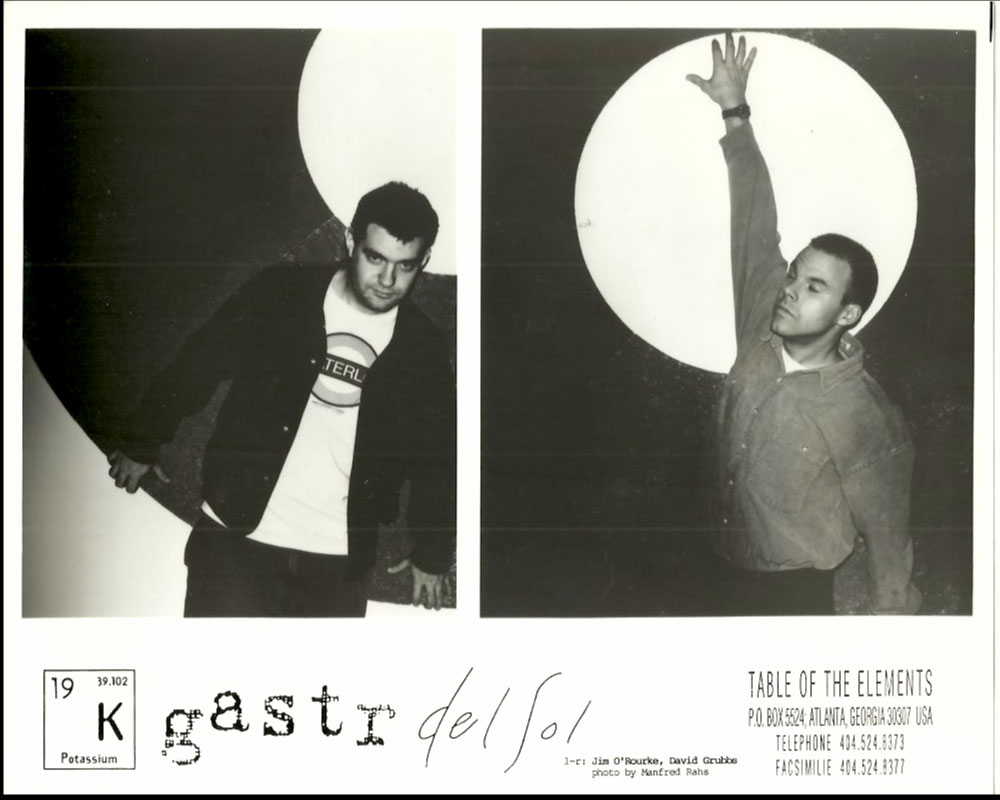
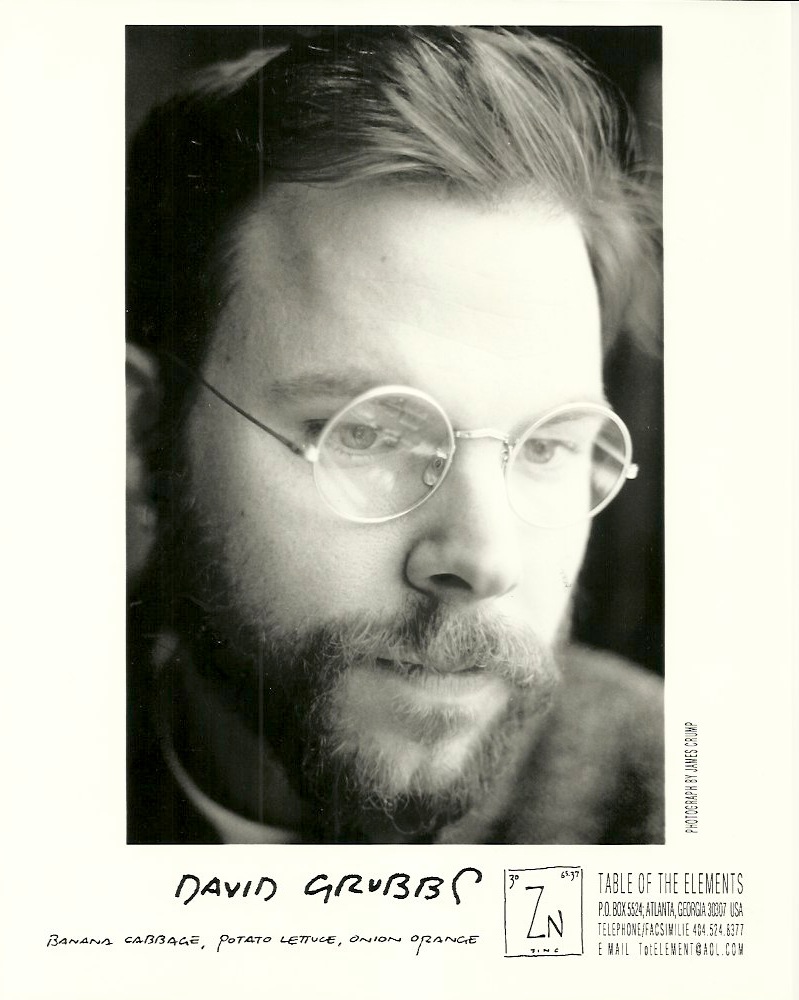
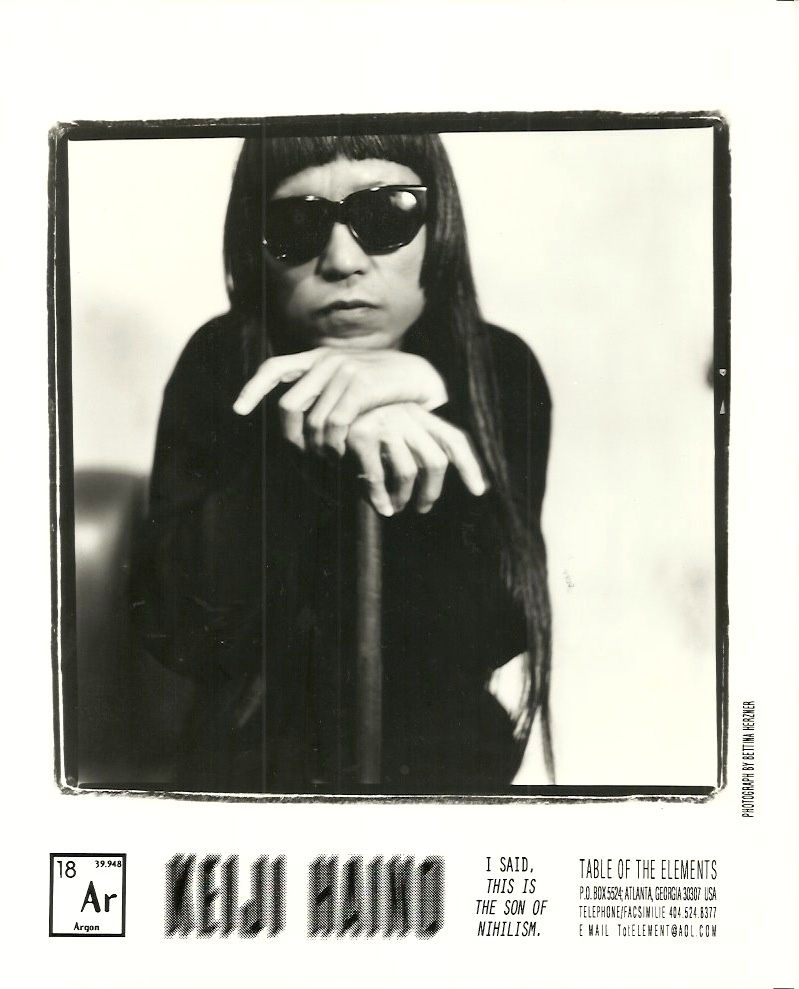
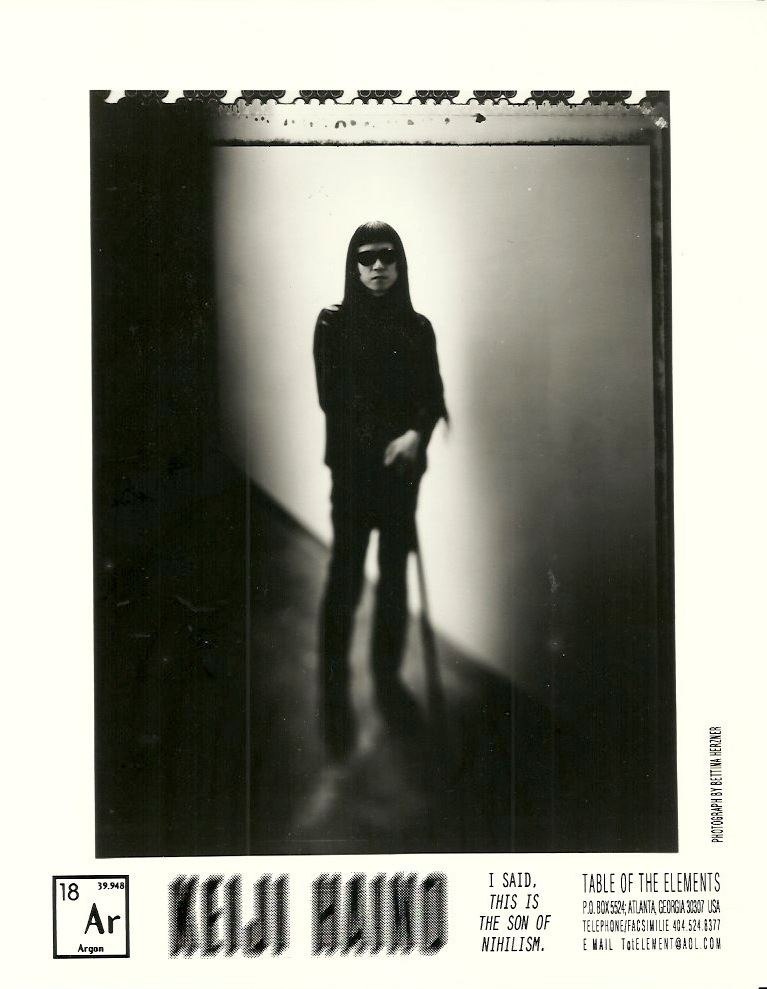
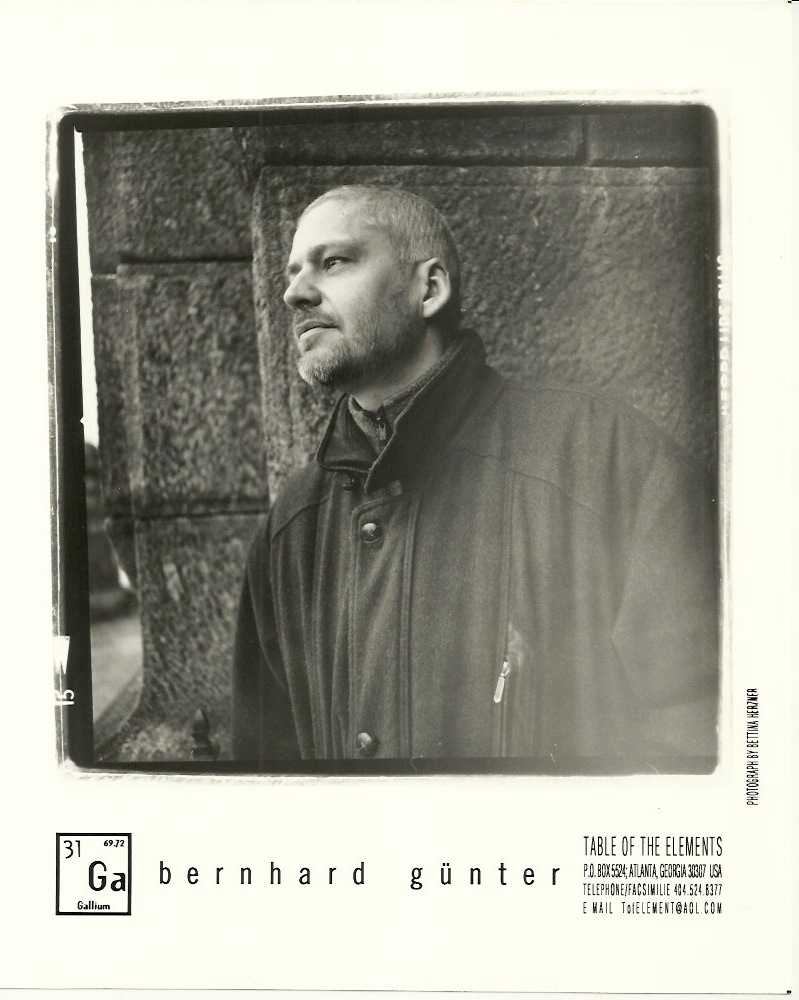

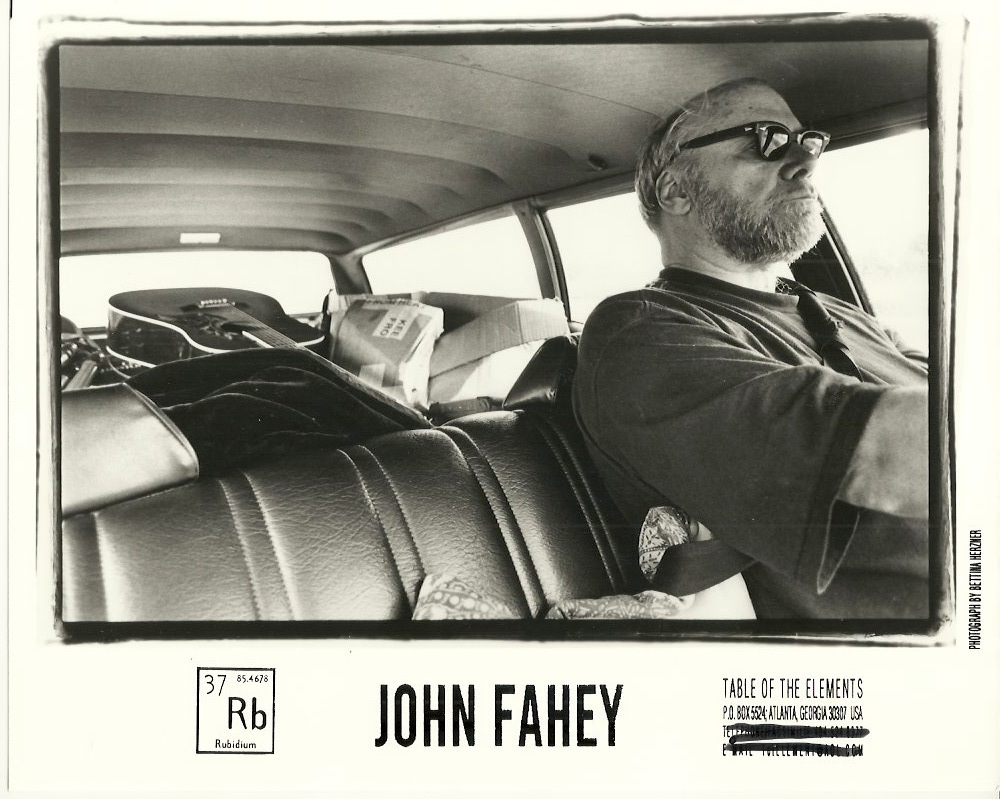
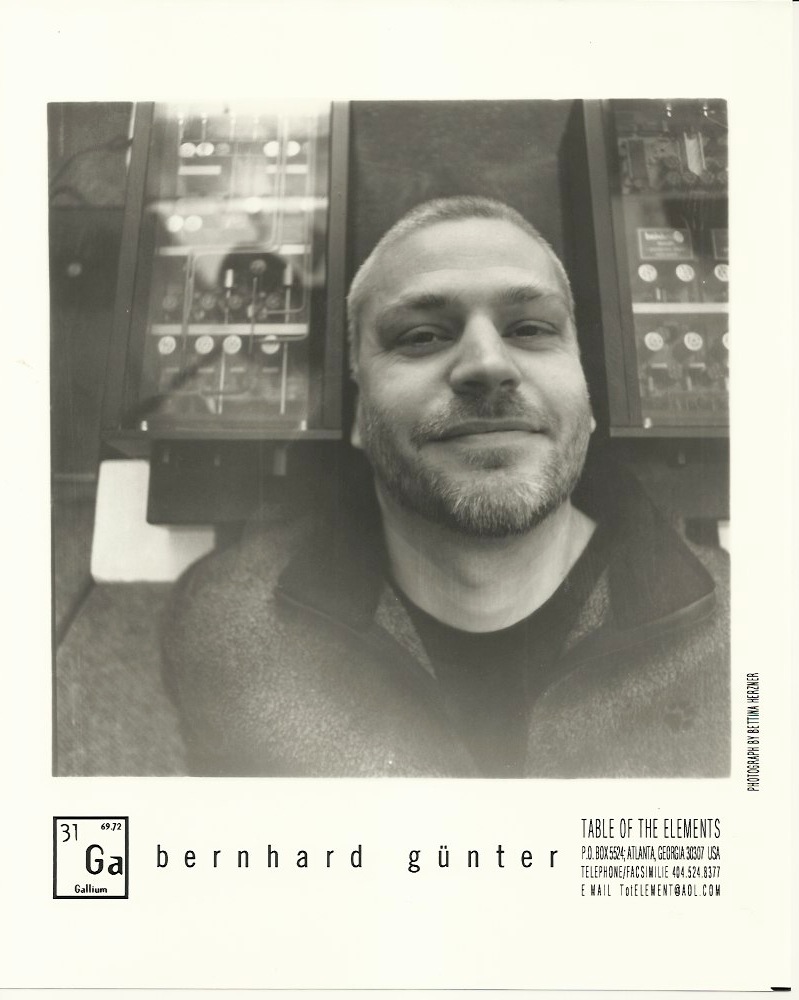
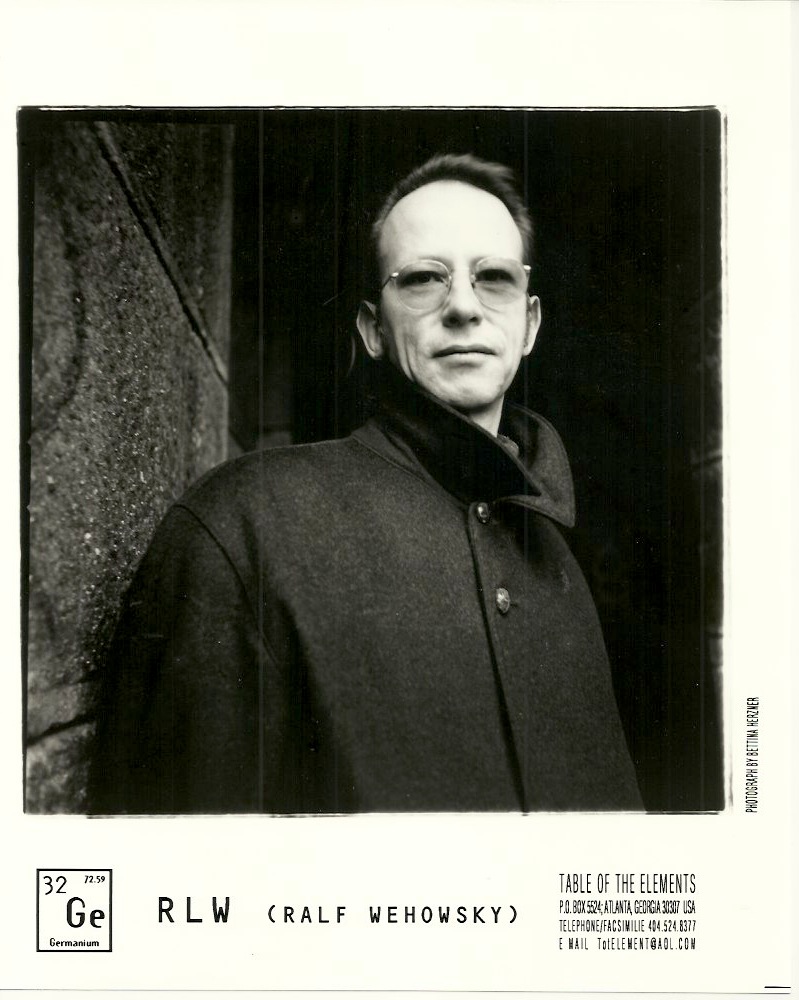
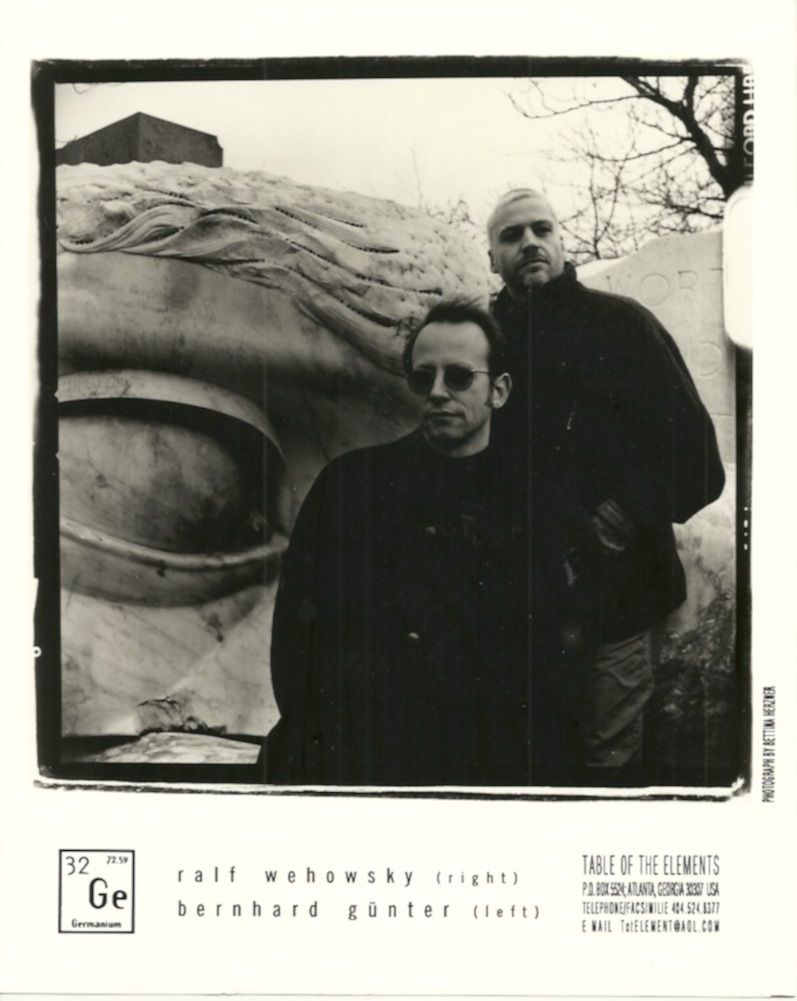
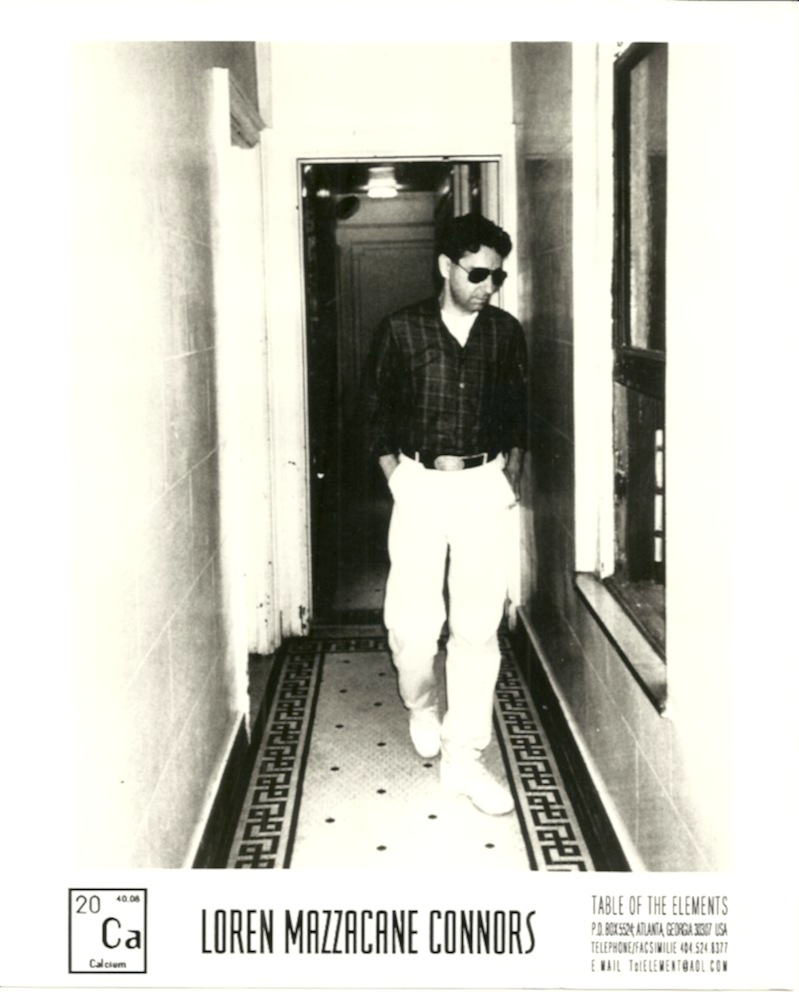
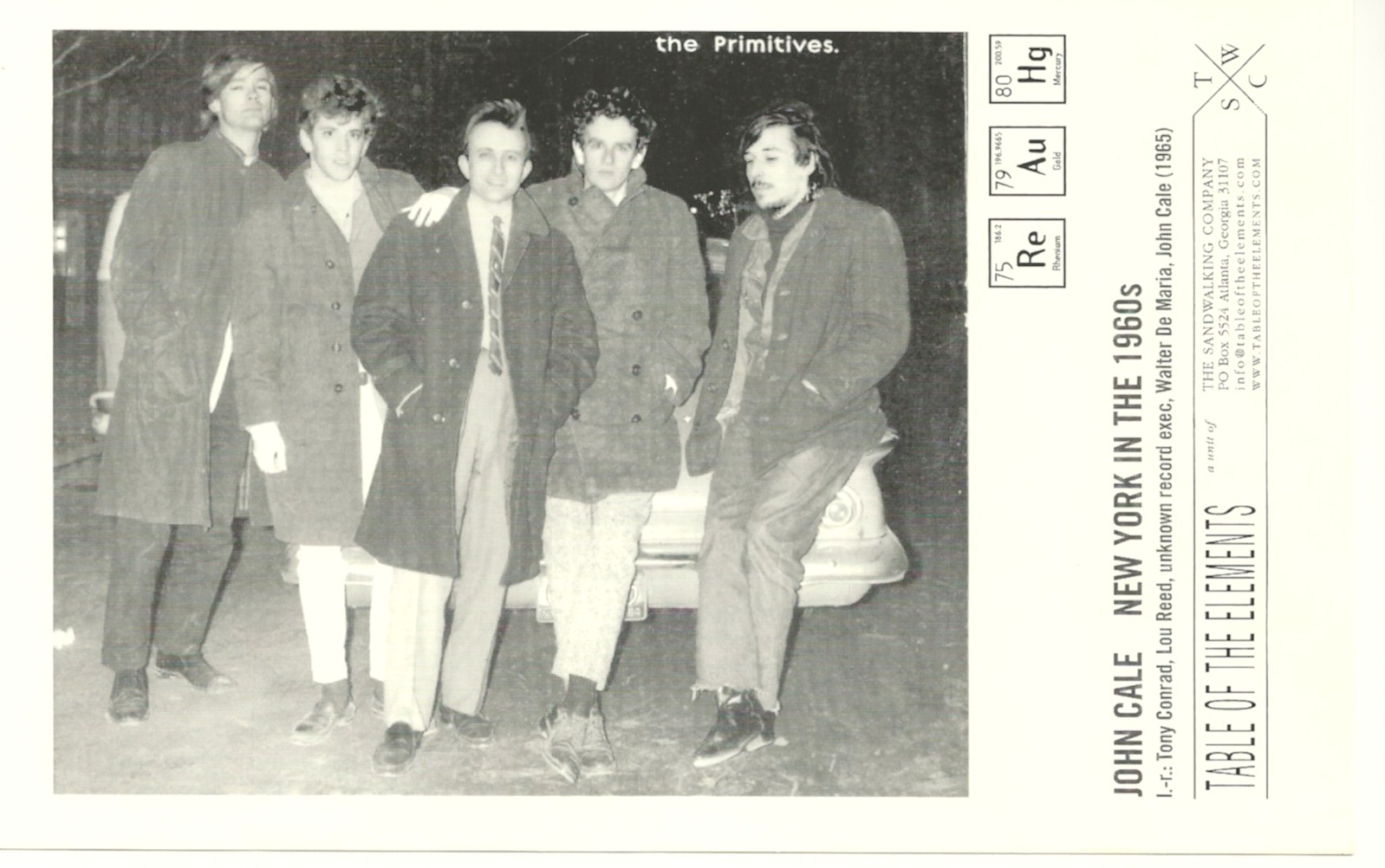
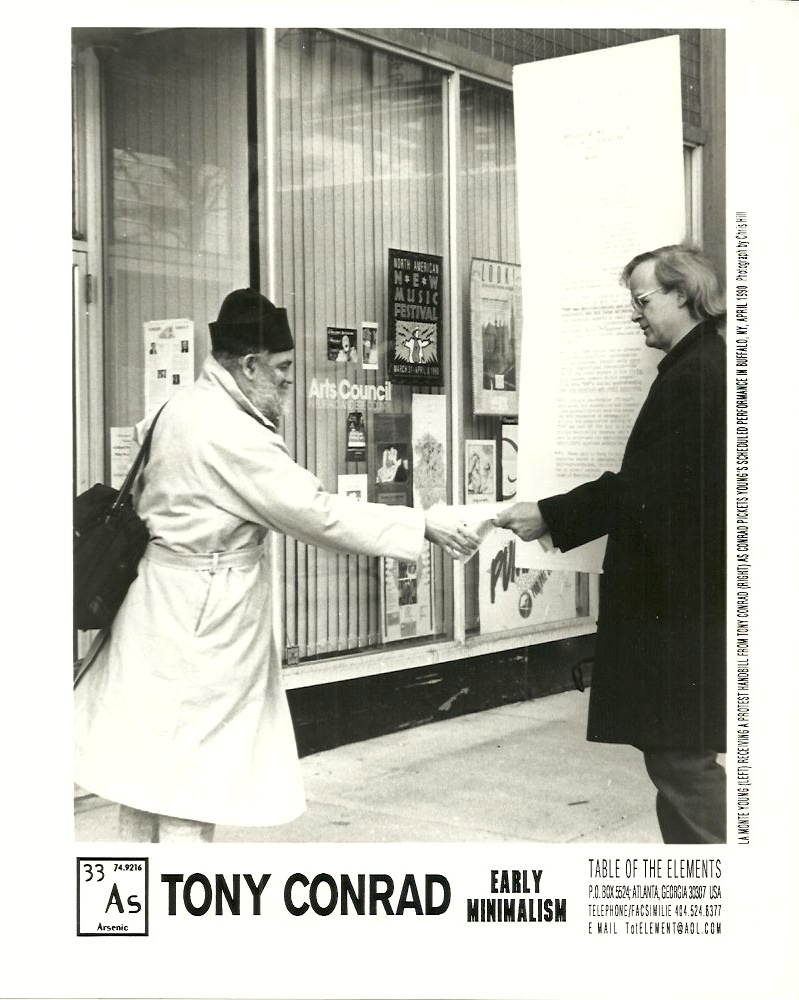
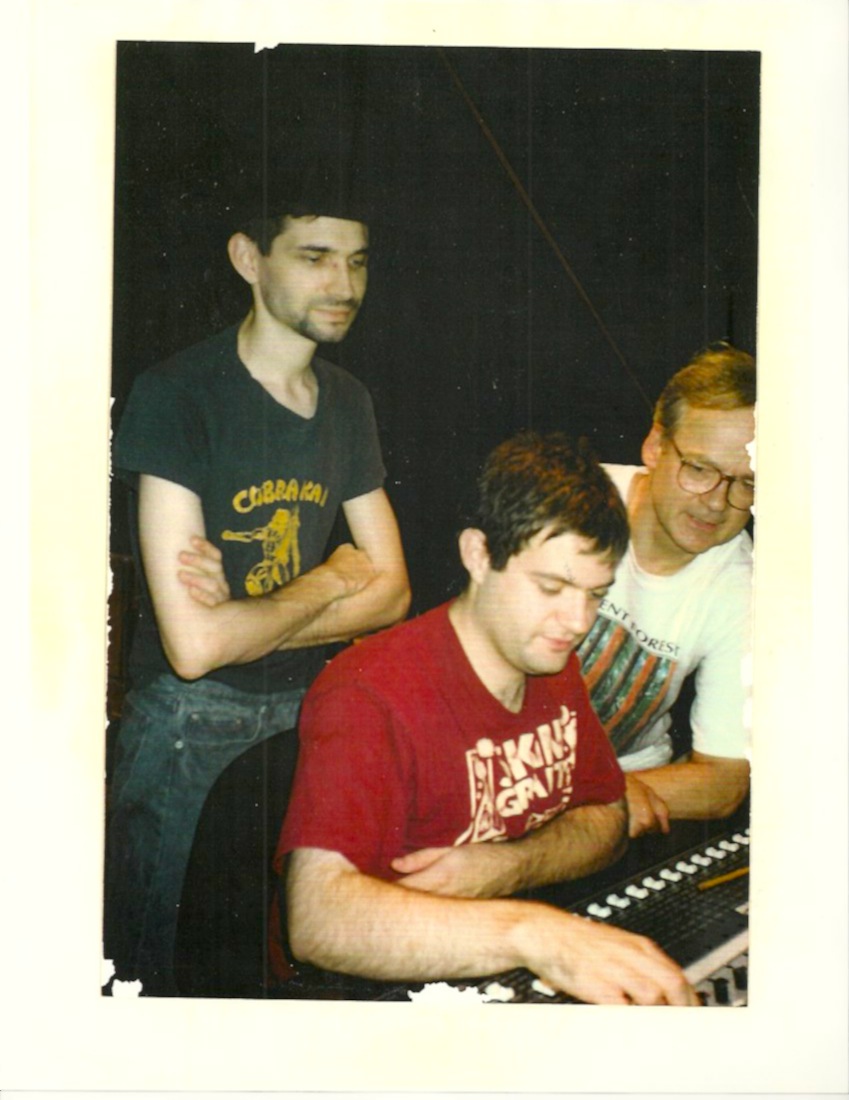
Gastr del Sol
The Harp Factory on Lake Street
1995
Table of the Elements
[Potassium] TOE-CD-19
Compact disc, laser-etching, poster, obi
Is 90s nostalgia underway yet? If not, this reissue may be just the thing to get it started.
In 1994, Chicago is the fountainhead for a bona-fide Scene, in which bands are giving timbre and texture priority over riffs and power chords. To the chagrin of many, the press will label it all “post rock.” It's the definitive movement of the decade, and front and center are Gastr del Sol, comprised of David Grubbs (previously: Squirrel Bait, Bastro) and Jim O'Rourke (subsequently: Wilco, Sonic Youth). Some of their city-mates may shift more units; Gastr, with a relentless drive for reinvention, shift the boundaries of where a band can go. Avant punk, atonal song-styling, musique concrète, delicate piano-guitar interplay, raw electronics and modernist chamber music—all are fair terrain, traversed with subtlety and finesse. Behind the obligatory horn-rims, Grubbs and O'Rourke have vision.
A dozen years later, this overdue reissue of 1994's The Harp Factory on Lake Street EP provides the missing piece in Gastr's otherwise available discography. To hear it again is a treat. It's their notorious “big band” record, and the ten-piece ensemble is a veritable all-star team of mid-90s Chicagoans, including members of Tortoise, Sea and Cake, Shellac, Dazzling Killmen, Brise Glace and the Vandermark 5; through studio maneuvering courtesy O'Rourke and engineer John McEntire, they blossom into a petite orchestra. Remarkably confident in the use of space and dissonance, Harp Factory also emphasizes the conceptual “scrape,” the friction between nuance and noise that plays such a prominent role in Gastr's subsequent Upgrade and Afterlife LP. Familiar signposts are still in sight—O'Rourke's compositional skills, Grubbs's associative, absurdist musings—but this is definitely their boldest outing. It's a record full of blissful confoundment, one that aptly vivifies the spirit of an era.
Gastr del Sol may have lasted a brief five years, but they are to the 1990s what the Magic Band, This Heat and Sonic Youth were to their respective decades: intrepid trailblazers through the backwoods of sound.
“Hyperactives David Grubbs and Jim O'Rourke break further out with an entertaining coup d'etat on the rock group format. Uproarious orchestral massifs level out into a Nick Drake-style interlude of lyricism knocked cleverly and chromatically askew from its harmonic center; the baroque and introspective middle section for guitar and piano hangs together as beautifully as a well-crafted mobile. This is ample testament to the growing critical belief that in O’Rourke’s case, you can never have too much of a good thing."
The Wire
“Never the same thing twice, Gastr del Sol radiates new sounds steadily as a breaking dawn."
Tower Pulse
“I had a dream that I shared a space with every living thing. Huge and waiting in the even light there stood a wall covered with windows and doors variously labeled with animal spoors and marked with names. As soon as I focused it clearly, each ancient door mysteriously became open, and a sound current flowed out all over the infinite plain. Other doors opened from time to time, reverberating the sound everywhere, but differently. And then suddenly there was nothing alive – but nothing had changed, and when I had returned, the sound was still there.”
Tony Conrad/Gastr del Sol
Ten Years Alive on the Infinite Plain
Gastr del Sol
The Japanese Room at La Pagode
Tony Conrad
May
1995
Table of the Elements
[Copper] TOE-SS-29a
2x 7”singles, 21.75”x29” poster
“In the early ’90s, Table of the Elements—a sorely missed bastion of avant garde Americana—made a case study of sorts with Conrad, releasing old and new recordings to help launch a revisionist history of experimental music. Table of the Elements smartly positioned Conrad at an intersection of classical music’s high-mindedness and indie rock’s DIY spirit … This new currency established him as a countercultural antidote, an iconoclast who connected with a new generation in order to pull minimalism out of the concert hall or classroom and into the rock club.”
Pitchfork
“Completely mesmerising, the instinctively fearless results are belied by a conceptual and mathematical rigour that boldly asserted Conrad’s convictions in a unity and transcendence of all things. And yet whilst divorced from the visual aspect of the performance - a row of quadruple projections arranged side-by-side, incremental overlapping to form a pulsating picture - which was surely a major part of the piece, the sonic results still carry a potent meaning through its durational reinforcement of purely dissonant tunings and insistently dragging yet forward motion - an inexorable drive intently focussing themselves, and the listener, in the eternal traction of the present.
“In terms of that effect at least, we could compare the piece’s intensity and heightened hallucinogenic qualities with extended studies such as Éliane Radigue’s Transamorem - Transmortem, Alvin Lucier’s Music On A Long String Wire or Harley Gaber’s Wind Rises In The North, for example, yet there’s something utterly primal at play that bucks all those references, and appears closer to a prescient, overproof distillation of folk immediacy, rock’s lusting urge, and the hypnosis of tribal/trance/techno musics.
“It’s a completely stunning piece of music that will repay the attentive, attuned listener with endless rewards.”
Boomkat
This split Gastr del Sol/Tony Conrad record was originally released in 1995. The Gastr side features one of their earliest efforts at intensive multi-track recording; instrumental passages segue through the faint murmur of a thousand voices. Conrad’s contribution is excerpted from an unreleased version of Early Minimalism: May 1965, recorded at Steve Albini’s studio with Jim O'Rourke and Bob Weston (Shellac).
The packaging is, arguably, the most lavish of any Table of the Elements release: The sleeve unfurls into a 21” x 29" poster, displaying texts by the artists in metallic plum and copper inks.
The first 500 copies contained a second record, featuring an excerpt from an unreleased recording of Tony Conrad’s Ten Years Alive on the Infinite Plain (1971): Tony Conrad, violins; Jim O'Rourke, Long String Device; David Grubbs, bass.
Recorded at Jim’s Steam Room studio, June1995.
“Gastr del Sol’s musical universe is filled with juxtapositions; for years Grubbs and O'Rourke have constantly futzed with the musical boundaries of the hybrid genre of ‘innovation,’ one they seem to spontaneously reinvent. “
Artforum
Gastr del Sol
The Japanese Room at La Pagode
Tony Conrad
May
1995
Table of the Elements
[Copper] TOE-SS-29b
7”single, 21.75”x29” poster
“I went to the Japanese room at La Pagode to see an autobiographical film by a French director. It opened with footage of Cairo during the Gulf War. The director was represented by a milddle-aged Egyptian writer: same glasses. I was still weighing the merits of the Arabic voiceover when, unexpectedly, the film about Cairo ended and a film about the French Director began in earnest.”
“Why May Day? In honor of Maia, Roman ‘good goddess’ of fertility and women’s chastity, worshipped only by women. Love is not a suitable topic for music made by those whose history stinks of their habitual suppression of women. Why May Day? An international workers’ day in celebration of women and men together not as lovers but at labor. The high and low voices in polyphony signify women’s and men’s equity in a society unsoiled by the stain of love. Why ‘May Day!’ as men in distress face death? Love in music is only to yoke woman in opposition to man.“
see: JIM O’ROURKE, DAVID GRUBBS
TONY CONRAD
JOHN FAHEY
GASTR DEL SOL
BRUCE GILBERT
BERHNARD GÜNTER
KEIJI HAINO + FUSHITSUSHA
LOREN MAZZACANE CONNORS
JIM O’ROURKE
SPECIAL GUESTS
YTTRIUM
TABLE OF THE ELEMENTS FESTIVAL NO. 2
Table of the Elements
November 7, 8 and 9
1996
[Yttrium] TOE-29
The Empty Bottle
1035 N. Western Avenue
Chicago, IL
Three-day festival pass: $25.00
Producers: Jeff Hunt and Kris Johnson















